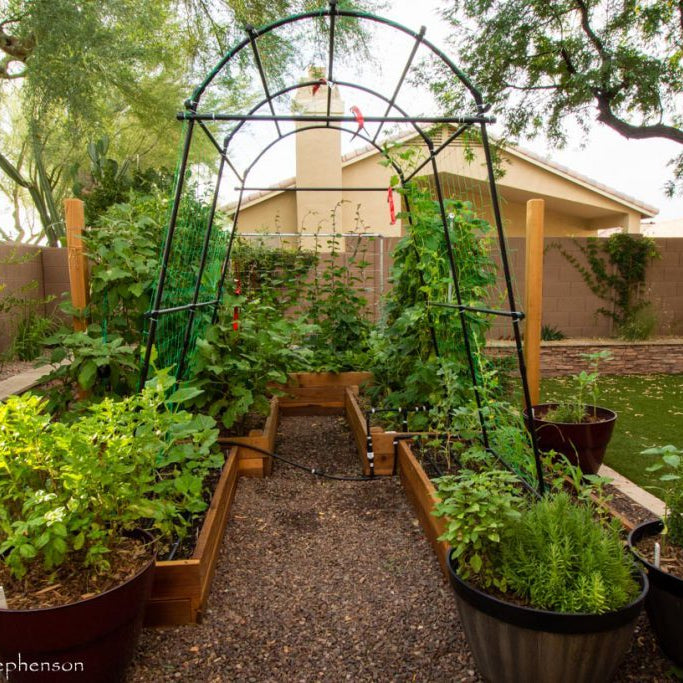
Available 24/7
Available 24/7

Spinach, or ‘Palak’ as it is known in India, has been popularized not just as a superfood but also through pop culture, particularly the famous sailor, Popeye, whose strength was attributed to this humble green plant 🏋️♂️.
Known for its nutrient-rich leaves, spinach is not only a staple in many cuisines, particularly in Indian dishes like Palak Paneer and Palak Paratha, but it also packs a punch in terms of health benefits. 🌿
In this guide, we will walk you through how to successfully grow spinach in your kitchen garden, whether you have a small balcony 🌿, a terrace 🏠, or a full backyard garden. Growing spinach is an excellent choice for home gardeners due to its ease of care, fast growth, and nutritional benefits. 🍃
Spinach is a powerhouse of nutrients! 💪 It contains high amounts of vitamins A, K, and C, along with being a good source of iron, manganese, magnesium, and folate.
While it’s famous for being rich in iron 🛠️, spinach actually contains about 3.5 milligrams of iron per 100 grams, not the 35 milligrams often quoted. Nevertheless, it's still a nutritious choice for any healthy diet. 🌿
Spinach is incredibly versatile in cooking 🌶️— from savory dishes like Palak Paneer and Saag to being added to soups, salads, smoothies, or even homemade wraps! 🌯 Having your own fresh, organic spinach right from your kitchen garden means you get a steady supply of the healthiest and most flavorful leaves to enjoy year-round. 🌟
There are several varieties of spinach, and choosing the right one for your garden depends on your preferences and climate. Here are some common varieties that you can grow in your kitchen garden:
Spinach thrives in cooler climates and is ideally planted in early spring or late autumn when the weather isn’t too hot 🌞. This ensures that the spinach doesn’t go to seed prematurely, a process known as "bolting" 🌾.
Spinach grows best in temperatures between 50°F and 60°F (10°C to 15°C). 🌡️
During hot summer months, spinach tends to shrivel and bolt. To combat this, you can plant your spinach in partial shade 🏖️ by positioning it alongside taller crops like beans or corn 🌽 that will protect it from the harsh midday sun. 🌞
Spinach plants grow best in well-drained, fertile soil that’s rich in nitrogen. 🌾 Before planting, prepare your garden bed by enriching the soil with compost 🪴. A soil that is rich in organic matter ensures healthy leaf growth and a plentiful harvest.
It is essential to keep the soil light, fluffy, and free from clumps for spinach to thrive. 💧
If you’re planting in containers or pots 🪴, make sure the container is large enough to allow the spinach to spread its roots comfortably. Since spinach has shallow roots, it doesn’t need a very deep container. A medium-sized pot or planter should suffice. 🌱
To plant spinach, sow the seeds ½ inch deep into the soil, spacing them about 2 inches apart. 🌱 This allows enough room for the spinach leaves to grow. If you are planting multiple rows, make sure the rows are spaced about 12 inches apart.
This will ensure that each plant gets adequate space to grow without being overcrowded. 🪴
It is important to plant spinach in a spot that gets at least 4-6 hours of indirect sunlight 🌞. If growing in containers, ensure they’re placed in a spot where they receive enough light but are protected from the harsh midday sun. 🌅
Spinach requires consistent moisture to grow properly. Keep the soil moist but not soggy 🌧️, as too much water can lead to root rot. Use a gentle watering method to avoid splashing the leaves 🦋.
You can water spinach either by spraying water on the leaves or using a drip irrigation system for steady moisture control. 💦
Avoid watering too heavily as this could lead to the plant flowering prematurely, making the leaves inedible. 🌸 If you live in a hot area, consider using winter shades 🌨️ to keep the spinach cool and provide some cover from the direct sun 🌞.
Spinach is a nitrogen-loving plant, and providing it with organic nitrogen-based compost or manure will encourage healthy leaf growth 🍃. Fertilize the soil once every 3-4 weeks to ensure continuous growth. 🌾
As the plants grow, thin them out by removing weaker seedlings to allow the healthy ones to flourish 🌻. You can also remove the outer leaves for consumption while the inner leaves continue to develop, allowing for continuous harvesting. 🍽️
Spinach is ready for harvesting in about 40-45 days after sowing. 🌱 When the leaves are fully matured, you can harvest the outer leaves while leaving the inner ones to continue growing 🌳.
Be cautious of flowering (bolting), which makes the leaves bitter and unappetizing 😣. At the first sign of flowering, harvest the entire plant to prevent it from becoming inedible. ✂️
Spinach can be stored in the refrigerator for 10-14 days at temperatures between 5°C and 10°C 🧊. Make sure to wash the leaves thoroughly and remove any yellow or damaged leaves before storing them in a sealed container 🥬.
Spinach is relatively pest-resistant but can occasionally face issues with aphids 🐜 and leaf miners 🐞. A simple solution is to plant radishes alongside spinach, as they naturally repel pests. 🛑
If you notice any signs of diseases or pests, remove the affected leaves and treat the plant with organic pest control options. 🌱 Regularly inspect the leaves and stems to keep your spinach plants healthy and thriving 🌻.
Growing spinach in your kitchen garden is not only a fun and rewarding activity 🏡, but it also ensures you have a steady supply of fresh, nutrient-dense leaves to use in your cooking 🌱. Whether you’re enjoying a fresh green salad 🥗, adding it to a smoothie 🥤, or cooking up your favorite Palak Paneer 🍛, homegrown spinach is always the best choice for taste and health! 💚
Now that you know how to grow abundant spinach in your kitchen garden 🌿, why not start planting today? 🌱 With a little care and attention, you’ll be able to enjoy fresh spinach straight from your garden in no time! Happy gardening! 🌸
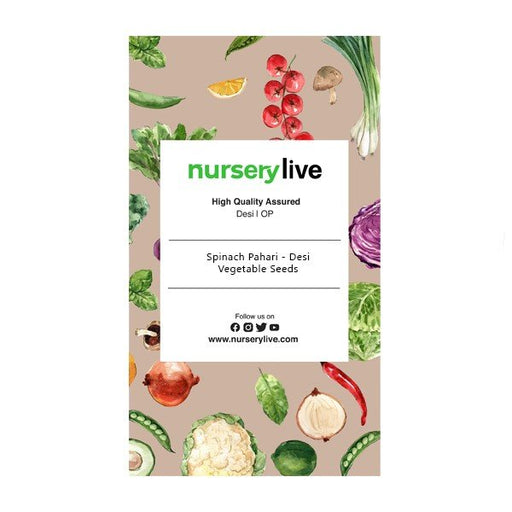
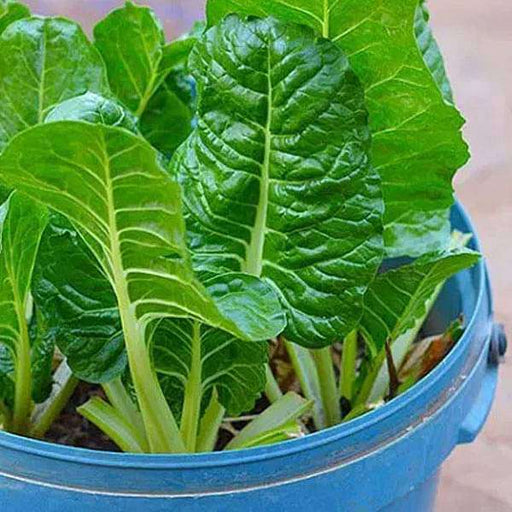 Save 25%
Save 25%
Spinach Pahari - Desi Vegetable Seeds Discover the rich heritage of Indian agriculture with our Spinach Pahari - Desi Vegetable Seeds. Thi...
View full details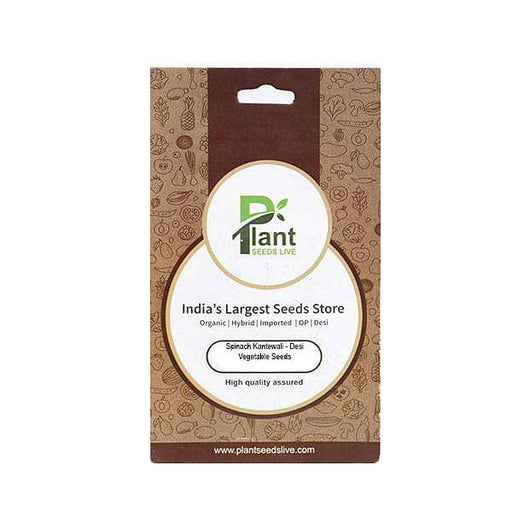
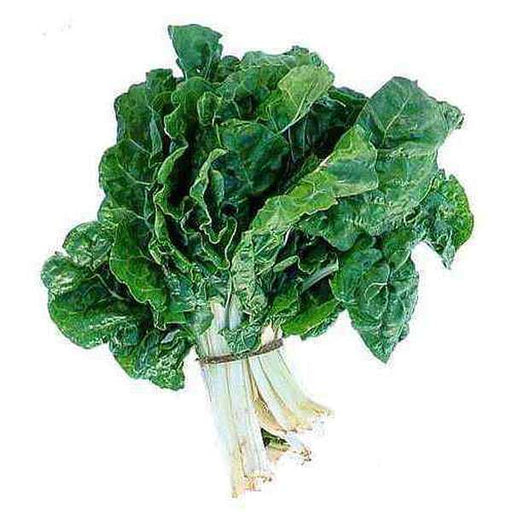 Save 25%
Save 25%
Spinach Kantewali - Desi Vegetable Seeds Introducing Spinach Kantewali, a traditional Indian variety of spinach known for its rich flavor ...
View full details
 Save up to 15%
Save up to 15%
Peace Lily, Spathiphyllum - Plant The Peace Lily, scientifically known as Spathiphyllum, is a stunning houseplant celebrated for its elegant white...
View full details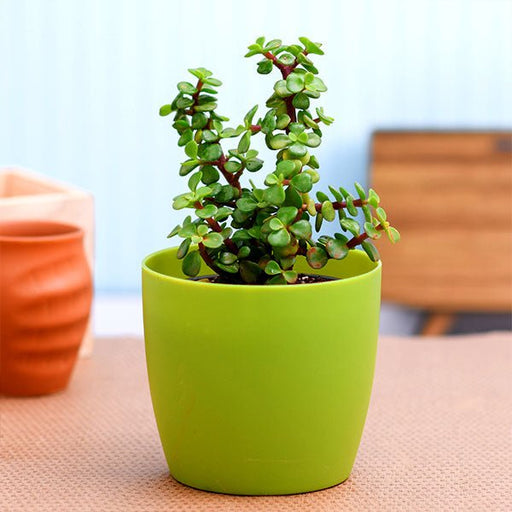
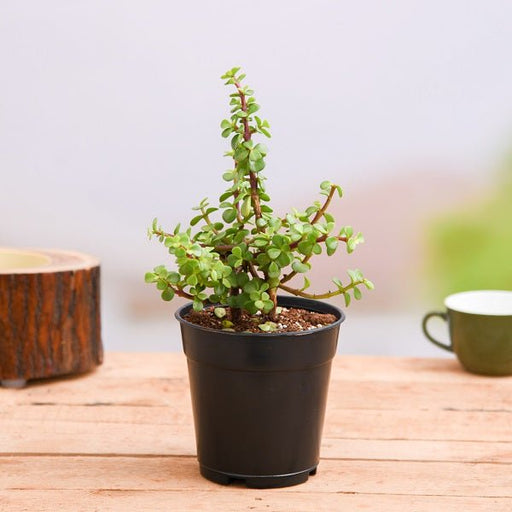 Save up to 20%
Save up to 20%
Elephant Bush, Portulacaria afra, Jade Plant (Green) - Succulent Plant The Elephant Bush, scientifically known as Portulacaria afra, is a ...
View full details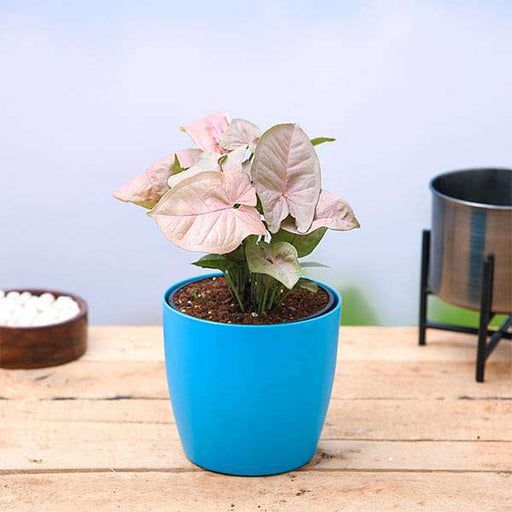
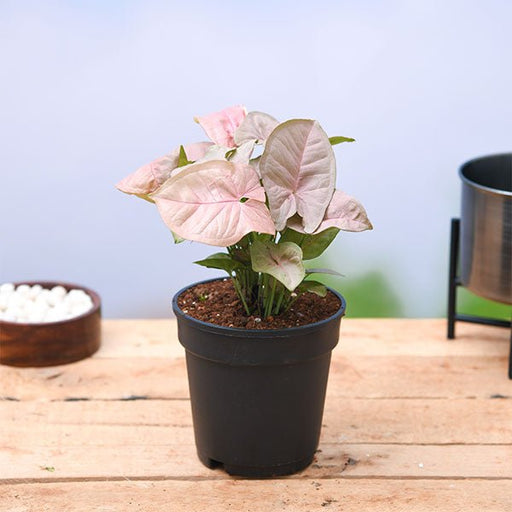 Save up to 20%
Save up to 20%
Syngonium (Pink) - Plant The Syngonium (Pink), also known as the Pink Arrowhead Plant, is a stunning tropical houseplant that captivates with its ...
View full details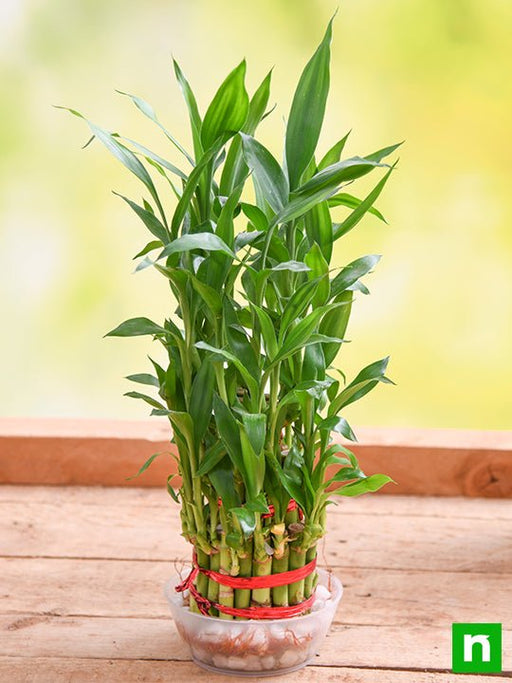
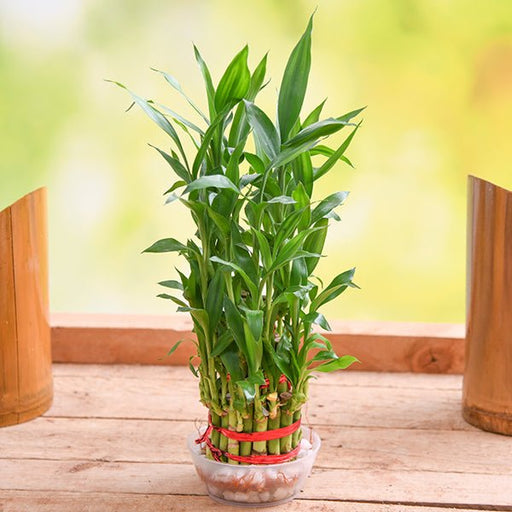 Save 18%
Save 18%
3 Layer Lucky Bamboo Plant in a Bowl with Pebbles Transform your space with our stunning 3 Layer Lucky Bamboo Plant in a Bowl with Pebbles...
View full details
 Save up to 15%
Save up to 15%
Peace Lily, Spathiphyllum - Plant The Peace Lily, scientifically known as Spathiphyllum, is a stunning houseplant celebrated for its elegant white...
View full details
 Save 18%
Save 18%
Combo Constituents Includes the Parijat Tree (Night-Flowering Jasmine), a culturally significant plant with fragrant flowers. Description The Pari...
View full details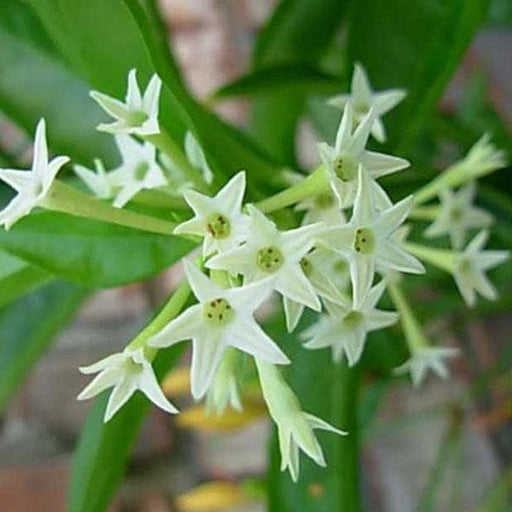
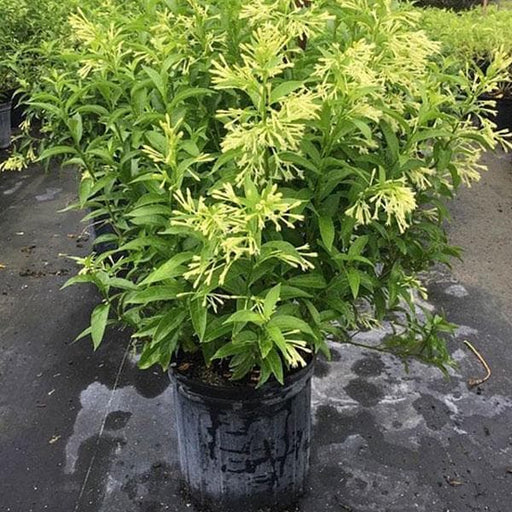 Save 25%
Save 25%
Description Raat Ki Rani (*Cestrum nocturnum*), also known as Night Blooming Jasmine, is a fragrant shrub native to the Caribbean and Central Ameri...
View full details
 Save 25%
Save 25%
Jasminum sambac, Mogra, Arabian Jasmine - Plant Jasminum sambac, commonly known as Mogra or Arabian Jasmine, is a fragrant flowering plant...
View full details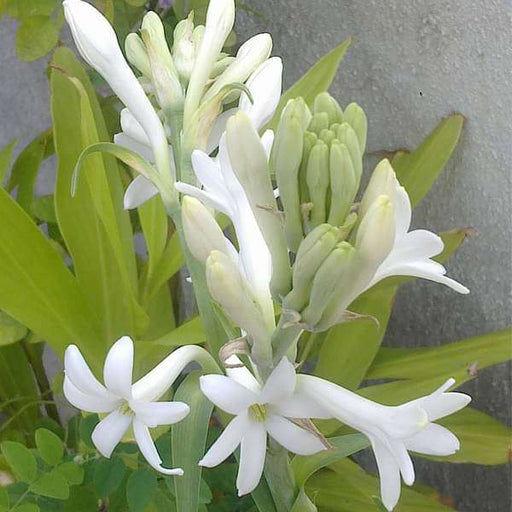
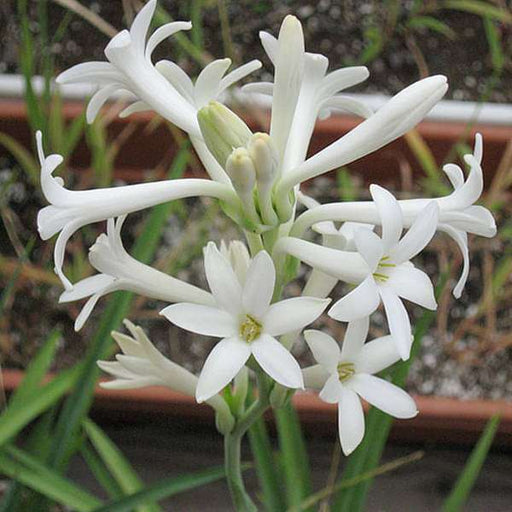 Save 17%
Save 17%
Rajnigandha, Tuberose - Plant The Rajnigandha, scientifically known as Polianthes tuberosa, is a captivating perennial plant renowned for ...
View full details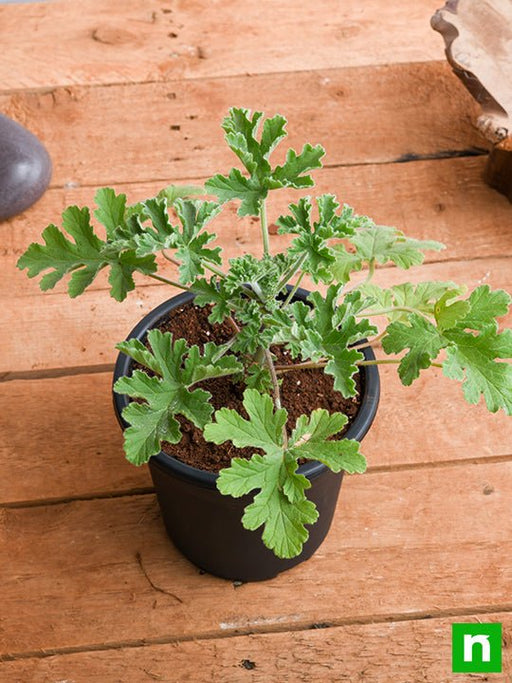
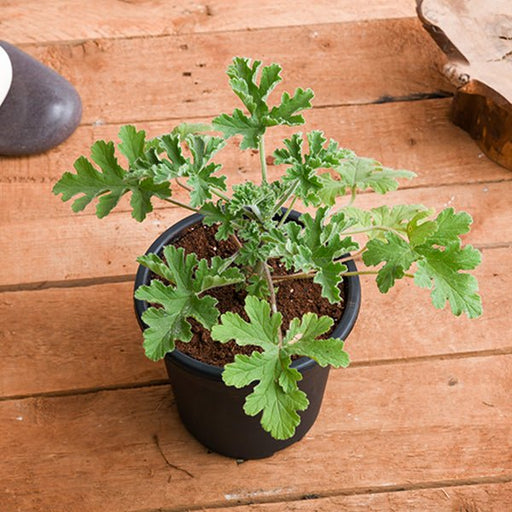 Sold out
Sold out
Citronella, Odomas - Plant The Citronella plant, scientifically known as Cymbopogon nardus, is a tropical grass renowned for its aromatic ...
View full details Save 25%
Save 25%
Damascus Rose, Scented Rose (Any Color) - Plant The Damascus Rose, also known as Rosa damascena, is a timeless symbol of beauty and romanc...
View full details
 Save 35%
Save 35%
Best 6 Plants for Perfect Indoor Garden Transform your living space into a lush oasis with our curated collection of the Best 6 Plants for a...
View full details
 Save up to 50%
Save up to 50%
Mini Succulent Garden Pack Transform your space with our Mini Succulent Garden Pack, featuring a delightful collection of 4 any variety beautiful s...
View full details
 Save 30%
Save 30%
5 Best Fragrant Plants Transform your garden or indoor space into a fragrant paradise with our curated selection of the 5 Best Fragrant Plants. Th...
View full details
 Save 24%
Save 24%
Set of 2 Bonsai Looking Grafted Adeniums Transform your indoor or outdoor space with our exquisite Set of 2 Bonsai Looking Grafted Adenium...
View full details Save 45%
Save 45%
Top 4 Die Hard Succulents Pack Transform your indoor or outdoor space with our Top 4 Die Hard Succulents Pack, featuring a curated selecti...
View full details
 Save 30%
Save 30%
5 Best Indoor Plants Pack Transform your living space into a lush oasis with our '5 Best Indoor Plants Pack.' This carefully curated collection fe...
View full details
 Save 25%
Save 25%
Set of 4 Evergreen Air Purifier Plant Pack Transform your indoor space into a lush, green oasis with our Set of 4 Evergreen Air Purifier Pla...
View full details
Leave a comment